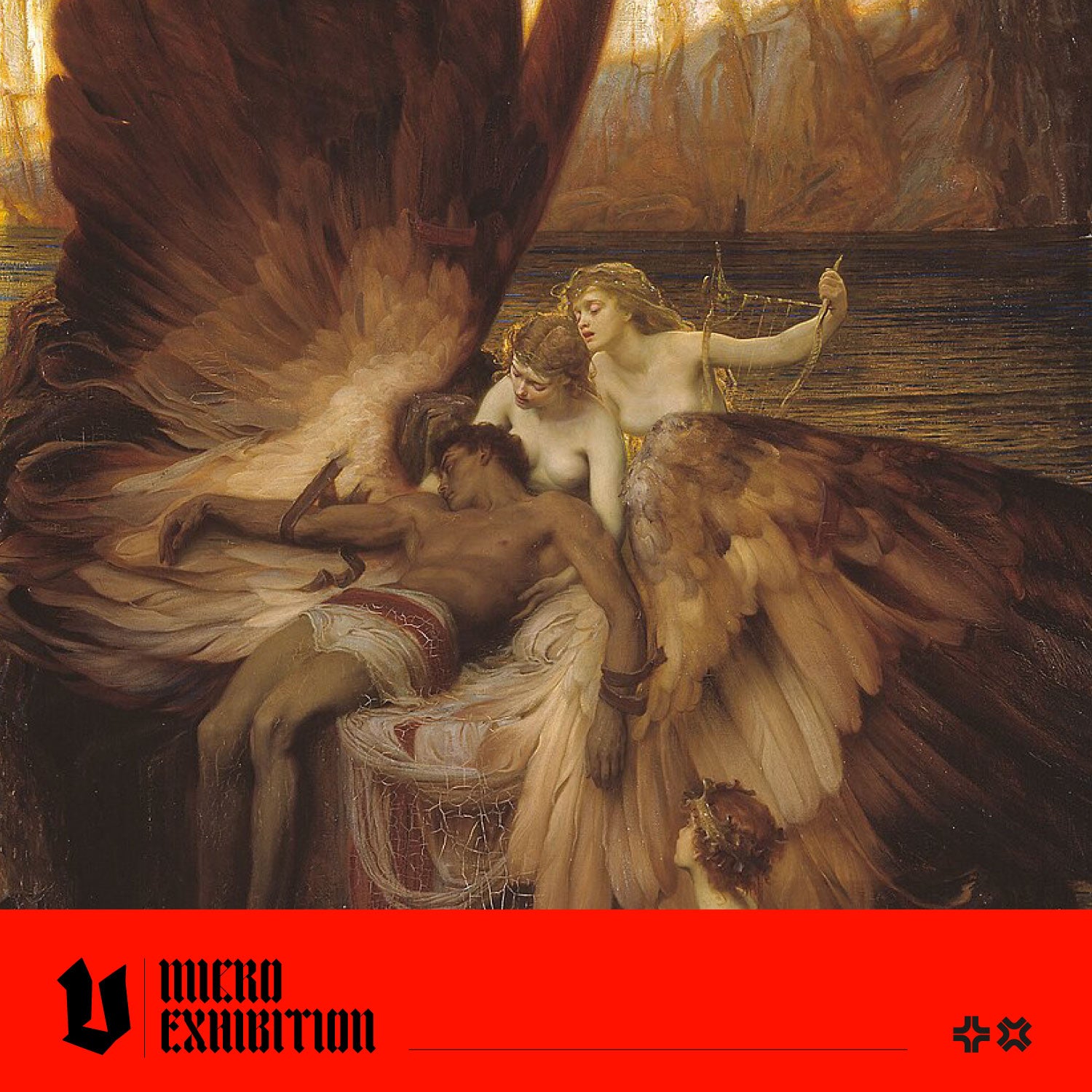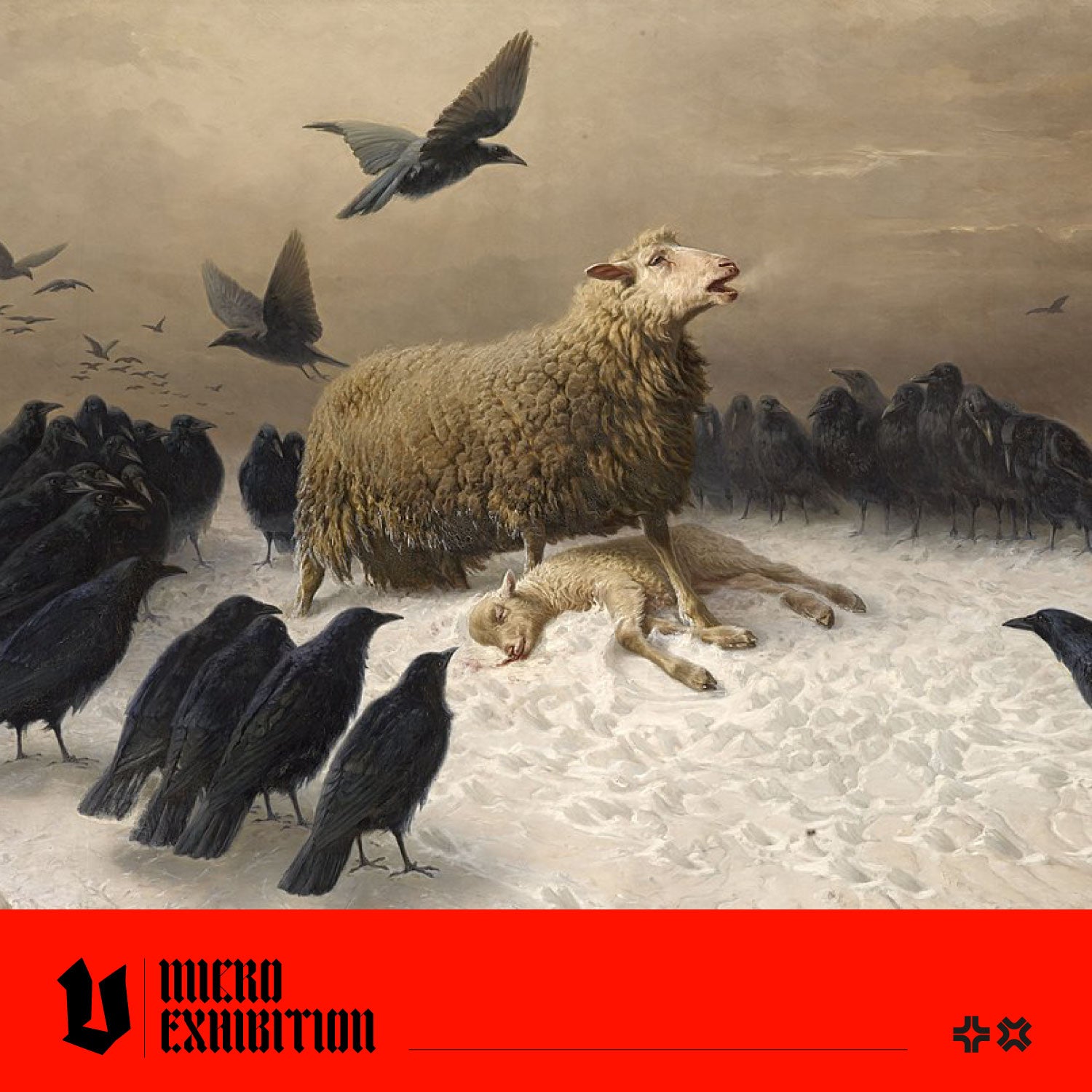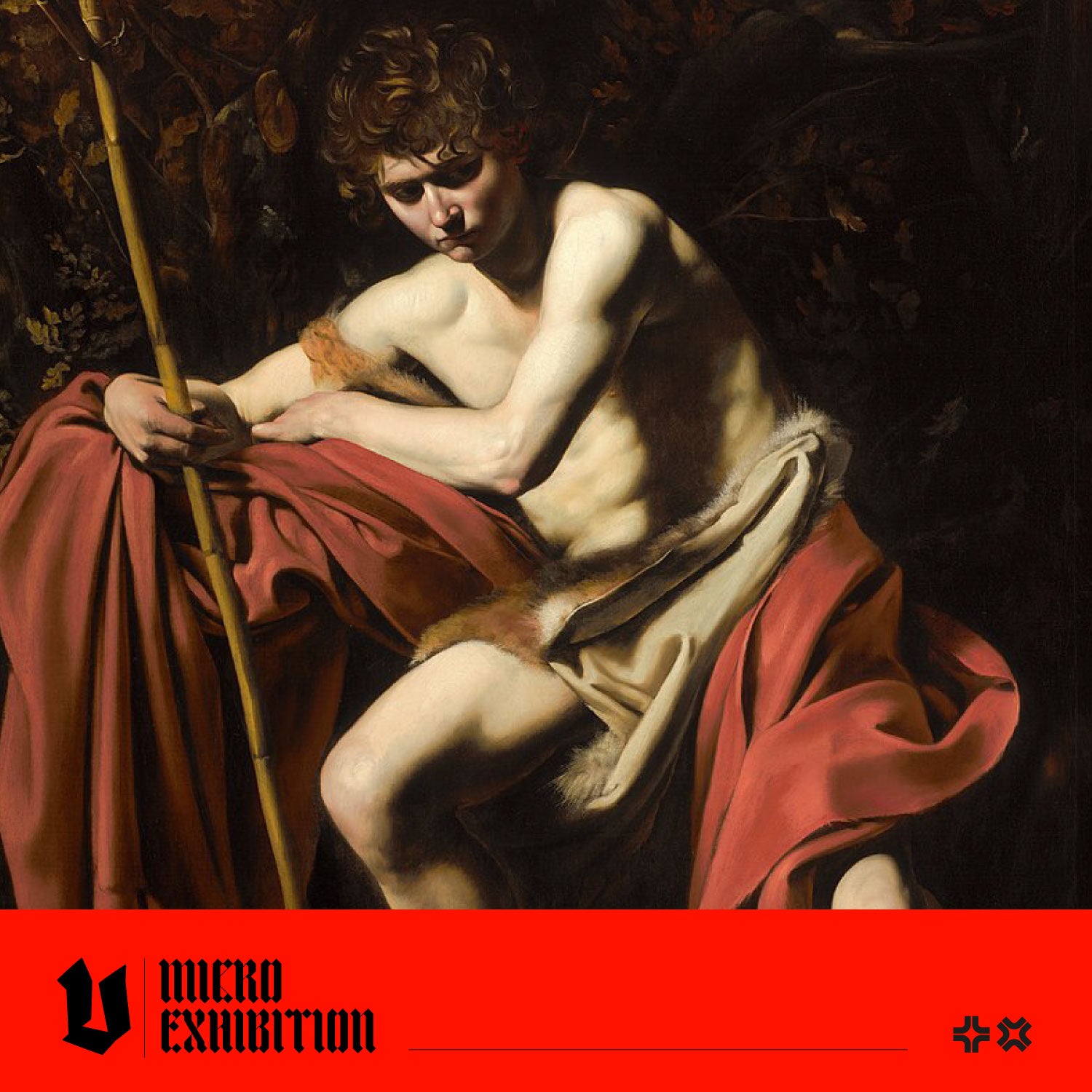An Introduction to the Principles of Classicism
In the seventeenth century, the terms "classic" or "classical" emerged to describe the arts and culture that either originated from or were inspired by the ancient civilisations of Greece and Rome. This style typically includes concepts of harmony, idealism, proportion, restraint, and balance. Art, architecture, and literature inspired by these principles are commonly termed classicism. Neoclassicism refers to art that has been inspired by antiquity. It was a prevalent genre in late 18th and early 19th century Europe and is included under the broader term of classicism. This article will introduce you to some classical principles and show how they are represented in art. Let's go!
 |
The Attributes of the Arts - Anne Vallayer-Coster; 1769
Combining Realistic and Idealised Beauty
A feature of classical Greek art is its emphasis on idealised beauty. Ancient Greek artists used their knowledge of anatomy to portray their subjects as elegant figures with idealised proportions and symmetrical features. You can read more about how this influenced later artists in our Vitruvian Man and Botticelli's Birth of Venus articles. It's important to note that Roman portrait sculptures were much more realistic, and sculptors creating portraits endeavoured to accurately carve the natural shapes and lines of their subject's faces. You can see some examples from our title, Greek and Roman Sculpture.
 |
Excerpt from Greek and Roman Sculpture
Inspirational Mythological Themes
Classical art often drew inspiration from mythology and history, using narrative themes to convey deeper meanings. Mythological stories were a rich source of inspiration. Artists could depict timeless human experiences, moral lessons, and the complexities of the human condition. Herbert Draper's - The Lament for Icarus (exhibited 1898). This painting describes the death of Icarus, the son of the inventor Daedalus, who created wings using feathers and wax to escape their island prison. Icarus did not listen to his father's warnings and flew too close to the sun, melting the wax of his wings and tumbling to his death. The Tate says, "Charles Darwin's publication of On the Origin of Species in 1859 gave an optimistic picture of the present and future evolution of humankind, but it also introduced ideas of a deep and obscure past. Art and literature took up this theme of origins, man's mythical history and struggles between animal and human nature."
 |
Herbert Draper - The Lament for Icarus
Classical Principles in Neoclassical Art
Classicism has a series of principles designed to convey a sense of order, balance, movement and clarity. Let's study a famous example of Neoclassical art and identify some of these principles.
Jacques-Louis David - The Oath of the Horatii (1785) depicts a scene from Roman history. The Horatii and the Curiatii families both had three brothers who had to fight to end the wars between Rome and Alba Longa. One of the Curiatii brothers was married to a Horatii sister, and a Horatii brother was engaged to a Curiatii sister. The women wept while the older man encouraged his sons to fight. The background colours are simple, and the buildings typify simple, elegant and restrained classical designs.
This painting's subject conveys a sense of moral duty, civic virtue and the willingness to make personal sacrifices for the greater good - all essential Neoclassical virtues. The artist has balanced the brothers evenly across the foreground, and their raised right hands clasp the swords at the central point of the painting. The brothers have well-proportioned bodies and classical poses. Their physical and emotional strength is evident, and they epitomise the heroic, idealised figure. The painting's straight lines, sharp contours and invisible brushstrokes showcase the Neoclassical emphasis on precision and clarity.
 |
In summary, Neoclassical art aimed to revive the classical ideals of ancient Greece and Rome, emphasising rationality, order, and the pursuit of virtuous ideals. It was replaced by the Romantic movement, where artists rejected rationality and logic and sought to infuse their work with emotion and spontaneity. Learn about the Romantics on the Vault Zine.
Feeling Inspired?

|
Our image archive, Greek and Roman Sculpture, is a collection of 235 images curated to inspire and enthral. Greco-Roman culture has influenced artists and designers through the ages. Greek & Roman Sculpture is available in paperback or eBook. With each purchase, you'll receive a unique download link for instant access to high-resolution files of all 235 featured images. Use them in your art and graphic design projects, or print and frame them for stunning decorative artworks.
- Includes 235 images: get inspired by rare and unusual designs
- Access high-resolution files: suitable for print and digital work
- Digital download included: reprint high-quality images easily

|

|




